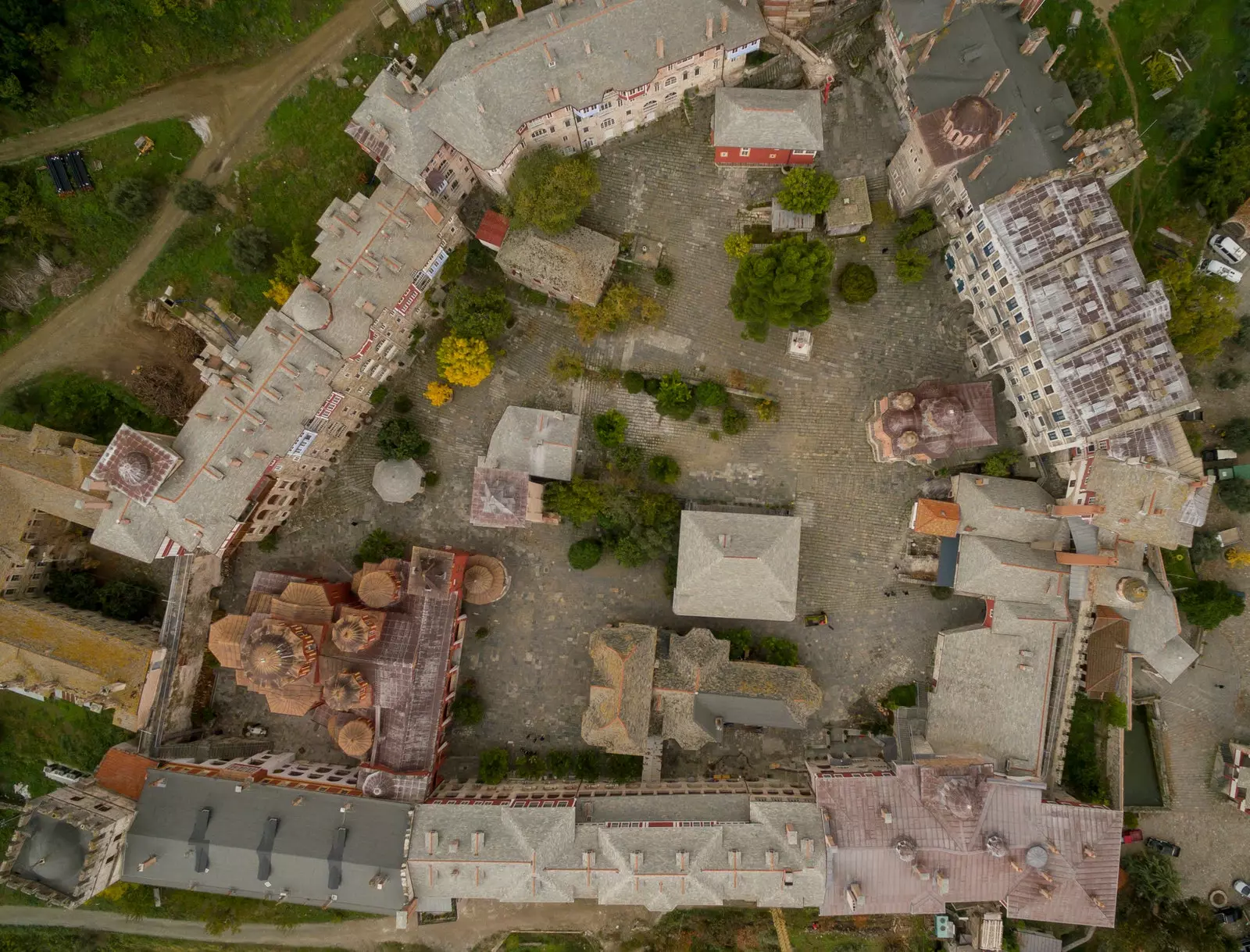
The forbidden trips: where to go when the world is already on the maps
Captain Cook wrote in one of his diaries that " ambition takes me not only where no man has gone before, but where I think it is impossible for a man to go ". This phrase, which could be the bedside quote of every travel fanatic, perfectly sums up the intentions of those who once set out to make a mortal double with their nomadic experience: visit the forbidden places , those spaces that, either because of restrictive social rules or because of the physical risk they entail, are closed to other human beings.
This is the story of those humans: women who crossed borders only allowed for men , travelers who stepped sacred lands or spaces so dangerous that just walking on their surface puts one's own life at risk. This is the story of forbidden trips.
THE FORBIDDEN TRIPS: WHERE TO GO WHEN THE WORLD IS ALREADY DISCOVERED
By the end of the 18th century, much of the planet had already been discovered and mapped. The only thing left to do was reach a place that had been, for centuries, a myth and a scientific hypothesis: the Terra Australis Incognita , the great continent of the southern hemisphere that would balance the land mass of the northern hemisphere. Captain Cook was about to achieve it on his second voyage around the world, between 1772 and 1775. After reaching New Zealand and Australia on his first circumnavigation, the HMS Resolution of the English captain crossed the Antarctic Circle without ever seeing the mysterious continent. Almost 50 years had to pass before the arrival on the shores of that Terra Inconginta was documented for the first time: the Antarctic continent.
Although the geographic South Pole was not reached until 1911 by the Norwegian Amundsen , the most difficult part had already been achieved: the entire world was on the maps, there was no more space left on Earth to discover. But that did not mean that there were no longer unknown spaces: there were still the forbidden places.
Trips to prohibited places have, for the most part, a common denominator: they are determined by restrictions imposed by humans on other humans and, in many cases, are linked to conditions of religion or sex.
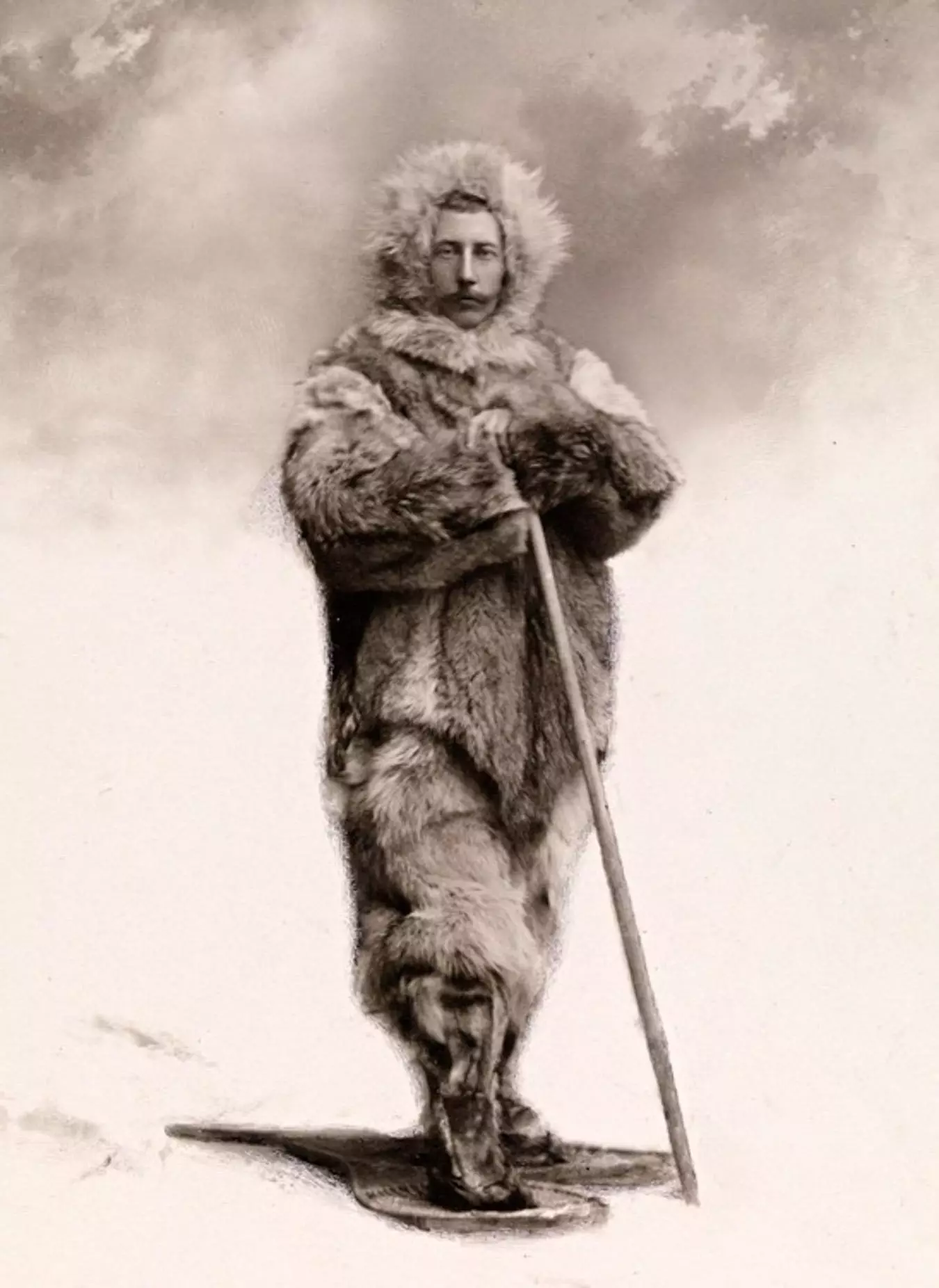
Portrait of explorer Roald Amundsen
One of the most radical prohibited trips linked to religion is the one that refers to the holy city of Mecca . Islam is ruthless on this point: entry to Mecca is prohibited for non-Muslims . This is clearly stated by the signs on the highway entering the city, which imposes, as a fork, the mandatory detour of anyone who does not profess the religion of the Prophet. As explained by the geographer Alastair Bonnet in his book off the map , "the magnitude of the Mecca ban, which prevents five-sixths of the world's population from entering not just one building, but an entire city, makes it a unique case." However, this fact did not prevent some travelers from crossing this seemingly insurmountable barrier.
There are various names attached to the forbidden journey into Mecca. The first of which there is record was that of the Bolognese traveler and writer Ludovico Varthema , in 1502. However, the best known cases are those of the Spanish Domingo Badía, alias Ali Bey, and the Englishman Richard Burton, both in the 19th century.
The story of Sunday Badia It is, perhaps, the most novel. Protagonist of an espionage project carried out in 1803 by the government of Godoy, the favorite of King Carlos IV, Badía was renamed Ali Bey el Abbassi, a supposed Syrian prince whose objective was to infiltrate the court of the sultan of Morocco and in the heart of the Muslim world. His goal was to see, hear and tell what was inside him, a testimony that the traveler left reflected in his book Ali Bey el Abassi's Travels through Africa and Asia, where he recounts the experiences of his four-year journey to Mecca.
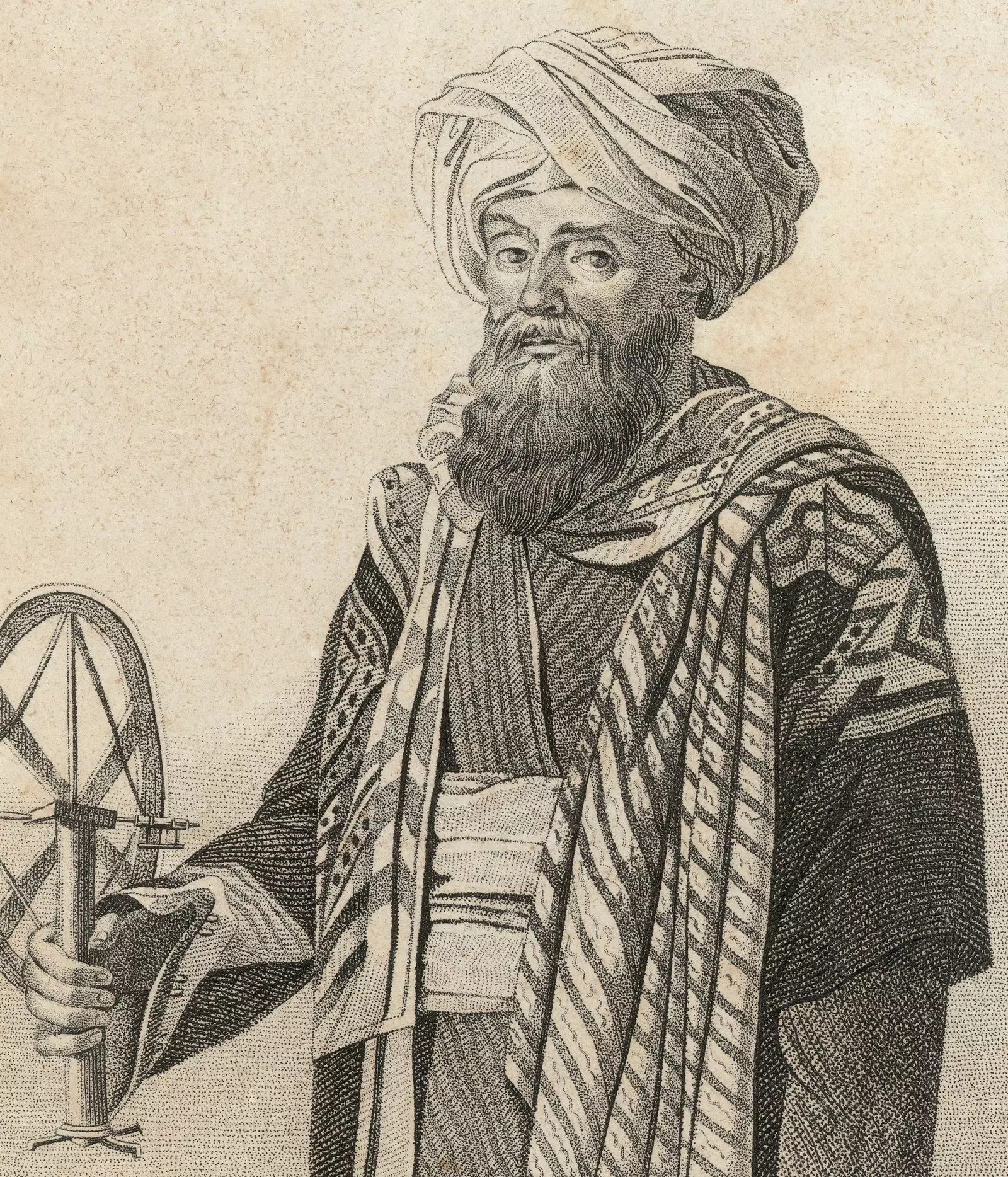
Sunday Badia
Like Badía, Richard Francis Burton also wrote the testimony of his trip in the book My pilgrimage to Mecca and Medina . In it, the versatile Burton -co-founded the Anthropological Society of London , made the first English translation of Arabian Nights and the kama sutra Y discovered Lake Tanganyika, among other achievements – tells how, turned into Mirza Abdullah –a character who had already incarnated years before during his six-year stay in the lands of Pakistan and India– began the pilgrimage from Cairo in 1853, infiltrating the caravans as a Persian doctor.
Another trip that entered the forbidden territory of a religion was the one made by Franco-Belgian Alexandra David-Néel in Lhasa, the capital of Tibet. David-Neel , as multifaceted as Burton – she was an opera singer, journalist, explorer, orientalist and author of more than 30 works – she became in 1924, at the age of 56, She is the first western woman who was able to enter the forbidden city of Tibetan Buddhism and be received by the Dalai Lama. . Néel had already shown an innate tendency to forbidden travel from a very young age: at the age of 15 she tried to embark alone for Great Britain and at 18 she made a trip to Spain by bicycle on her own and without informing her family. Asia was her great passion and the continent to which David-Néel gave a large part of her life, that of " an indomitable spirit, a brave woman " as Domingo Marchena describes in his profile on the traveler in La Vanguardia, who "shortly before he died, about to turn 101, he renewed his passport because the need to travel was a poison for which he could not and did not want to find an antidote ".
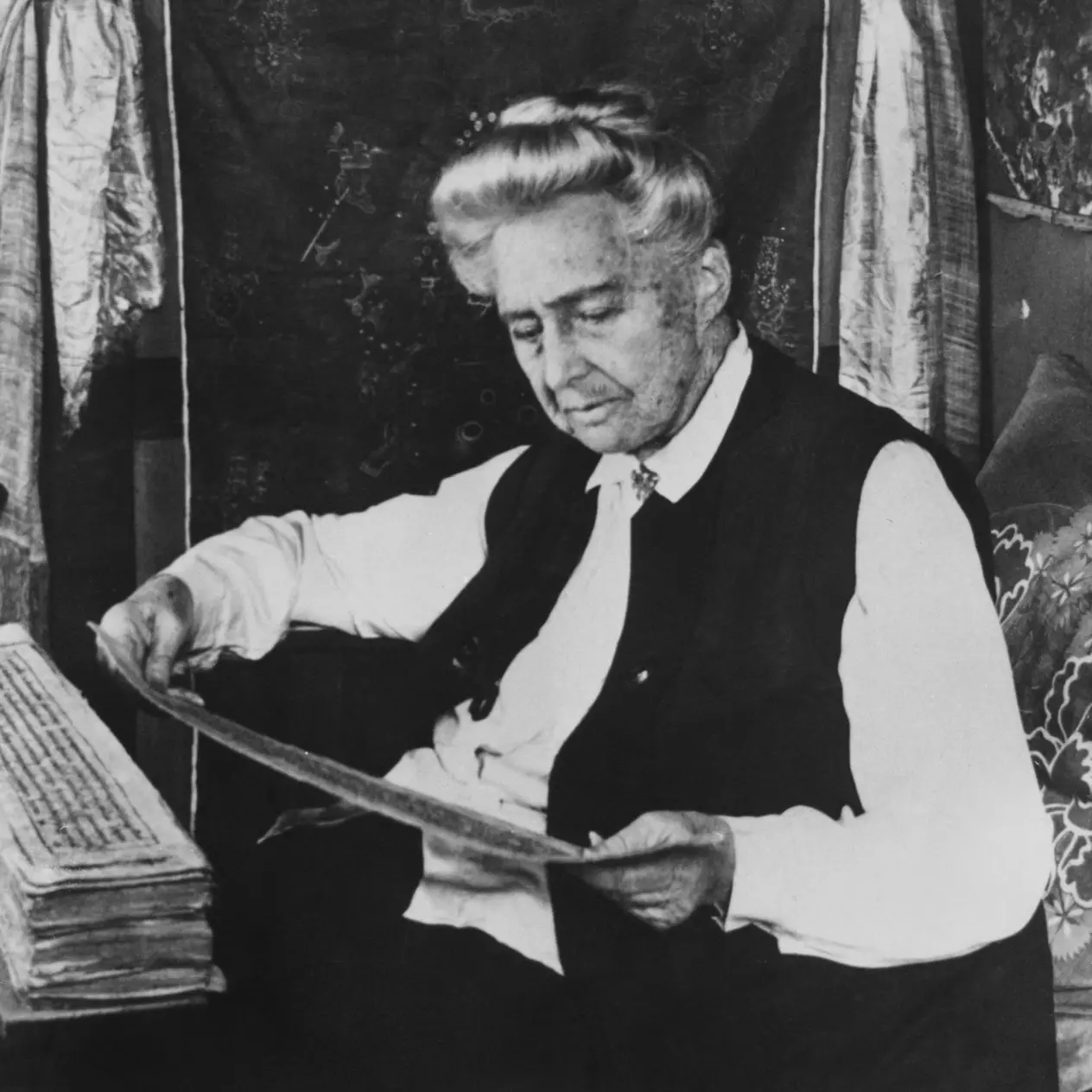
Alexandra David-Néel, militant anarchist, lyrical singer and consecrated pianist
The terms "woman" and "religion" are closely linked to "prohibition" in many parts of the world. Examples of this are the ban on women in Iranian soccer fields or the practice of now persecuted traditions such as chaupadi , which forces Nepalese women to stay outside their homes during the period of menstruation in order to preserve the purity of the home.
But, without a doubt, the religious prohibition that most clearly affects women is that of entering religious or sacred spaces. Throughout the planet we can find places forbidden to women like Mount Omine, in Japan ; the Sabarimala hindu temple, South India –the veto was suppressed in September 2018 by the Supreme Court of India, although it has generated quite a bit of controversy since then–; or the following protagonist of this story of forbidden trips: Mount Athos, north of Greece.
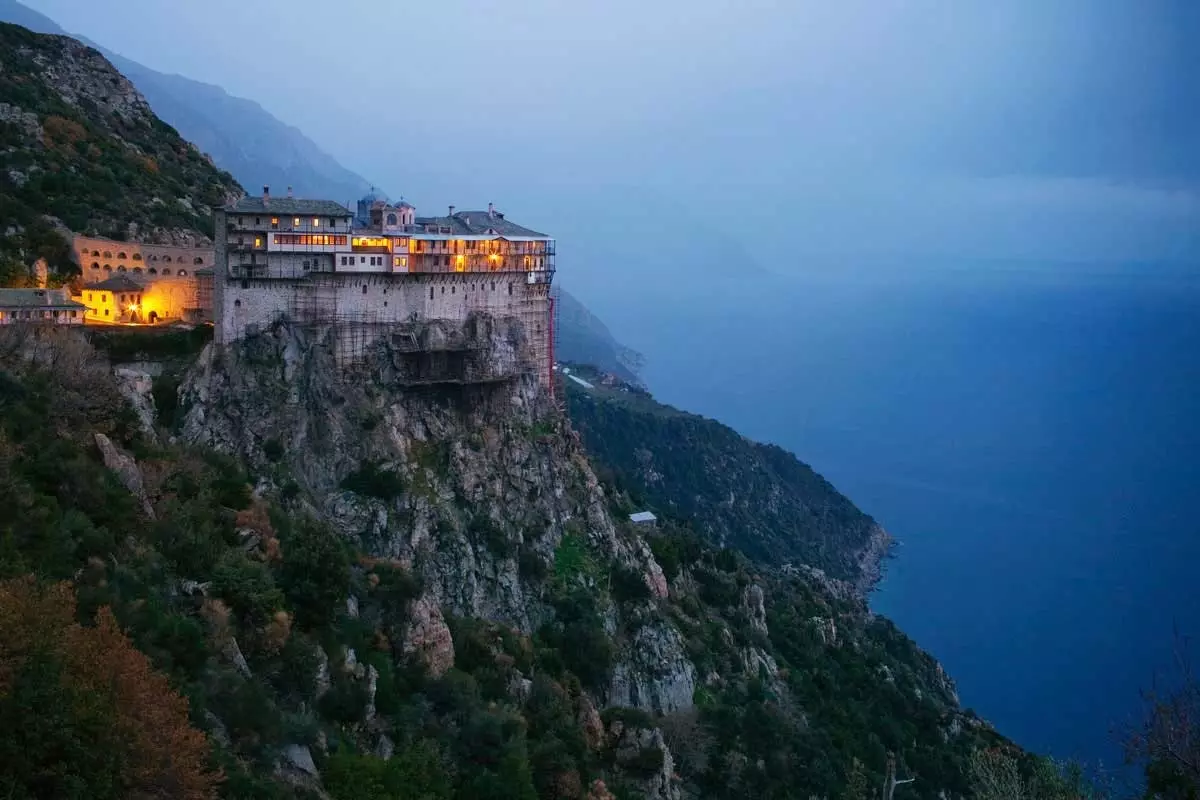
Simonopetra Monastery on Mount Athos: challenging Greece
Mount Athos is a peninsula in the Aegean Sea formed by twenty Greek Orthodox monasteries that has an irrevocable rule: any female of the animal kingdom has been prohibited from entering it for centuries under a prison sentence of between two months and one year. All females with two exceptions: cats – probably to control the rodent population – and chickens . This fact contrasts with the fact that Mount Athos is dedicated to the Virgin Mary –Tradition has it that Athos is a sacred garden that God gave to Mary– of which numerous images can be found scattered throughout the territory. The origin of the veto against women stems from the traditional religious perspective, in which** Athos stands as a utopian space in which the ideal of the celibate religious man materializes: to live without distractions or temptations**.
Despite this prohibition, various women have crossed its walls . One of the first documented cases is that of Helen of Bulgaria , sister of Tsar Ivan Alexander of Bulgaria, in the 14th century. As Alastair Bonnet relates in his book, Helen of Bulgaria arrived there fleeing from the plague , although her feet did not touch the ground, as she was carried by palanquin throughout her stay. In subsequent centuries, similar cases occurred for humanitarian reasons, when the monks gave shelter to various groups of women fleeing social unrest.
However, these were only a few exceptions and some women even made a real forbidden trip to Mount Athos. The most prominent was the "competition" between the French journalist and psychoanalyst Maryse Choisy and the Greek Aliki Diplarakou, aka Lady Russell , best known for being proclaimed Miss Europe 1930.
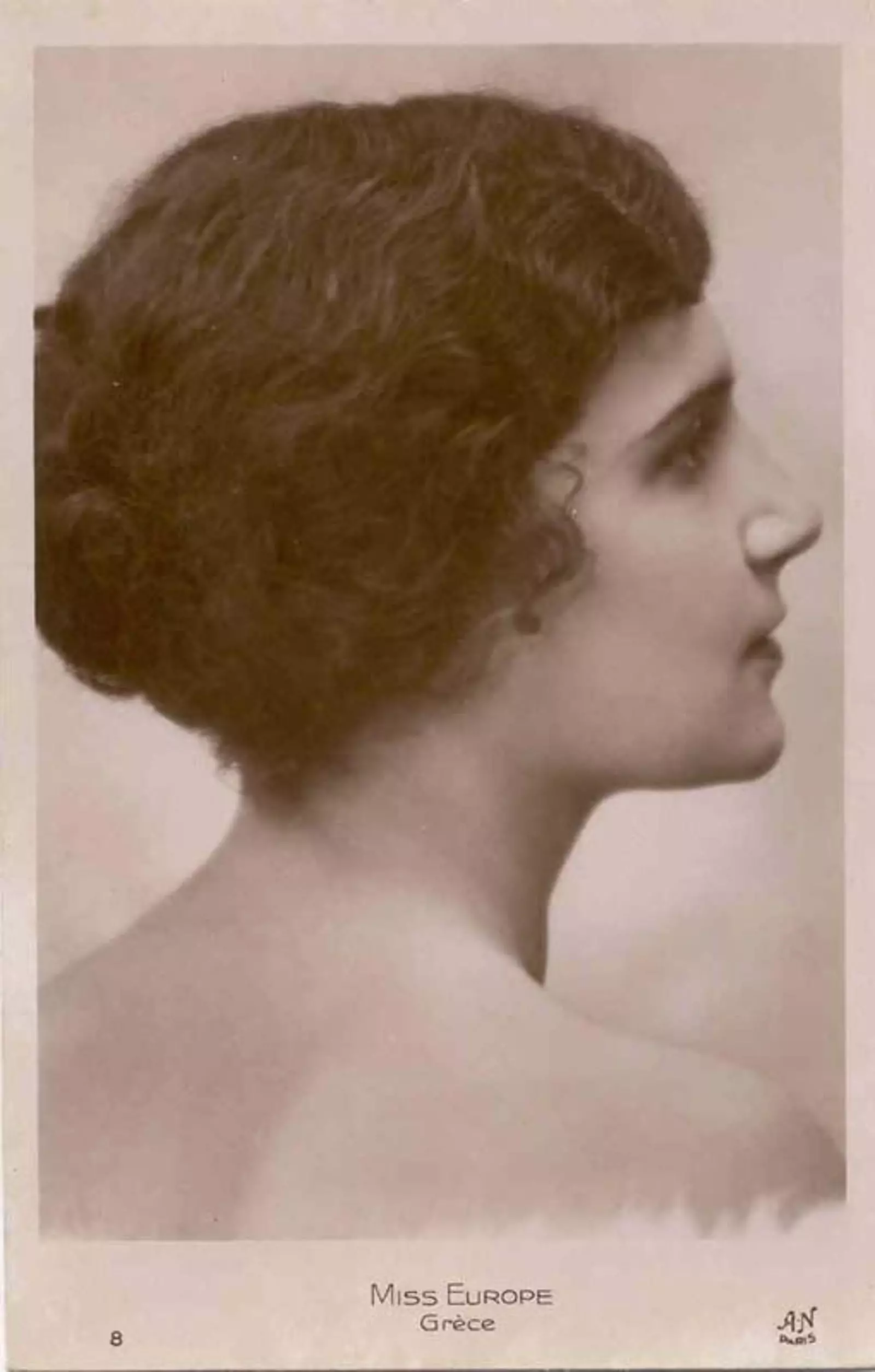
Aliki Diplarakou aka Lady Russell
According to the Spanish newspaper The voice of April 10, 1935, at that time the controversy arose to see who She was the first woman to enter Mount Athos . As explained in La Voz, the newly named Miss Europe 1930 entered the sacred place in 1933 dressed in men's clothes, proclaiming herself the first woman to do so. However, Choisy protested on the grounds that she had made her raid four years before her, giving evidence of it in her book A mois chez les hommes , published in 1929. In it, the French woman, who had also disguised herself as a man to go unnoticed , makes a chronicle full of acidity due to the misogyny that she observed in the place, exemplified in conversations like this one, where Maryse talks with a novice:
- - Why are you in the convent?
- -I want to forget... Women are dirty animals, vessels of impurity, creatures of hell and mud... Are you interested in women?
- -No. I am more interested in men. I swear to you.
Restrictions for religious reasons are not the only ones that women have encountered – and continue to encounter – throughout history. There is also the mere fact of being women, circumstance that can be found in the world of science like the story of Jeanne Barett, the first woman to circumnavigate the world.
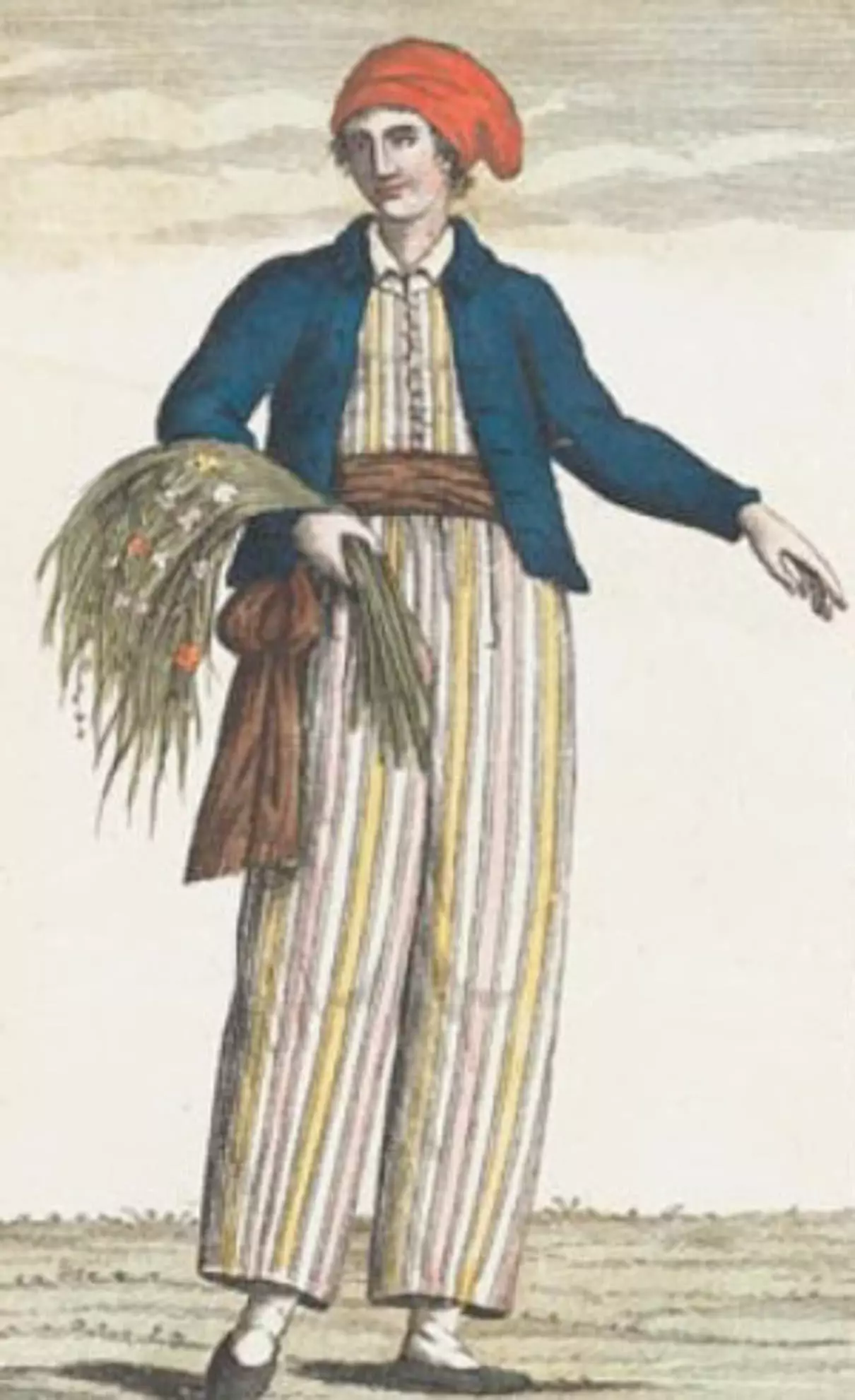
Jeanne Barett
According to the website Oceánicas, an informative project of the Spanish Institute of Oceanography , the French botanist made this journey disguised as a man in the official expedition carried out by Louis Antoine de Bouganville between 1767 and 1776 . At that time, Baret was married to the botanist to King Louis XVI, Philibert Commerson , who was called to participate in the expedition. His wife decided to accompany him despite the fact that it was forbidden for women to board ships of the Marine Royale. According to the Institute's website, Baret was not discovered until they arrived in Tahiti and, to return to France, she was forced to marry a soldier after the death of her husband in Maurice Island . On her return to Paris in 1776, botany came up with a collection of more than 5000 species of plants.
Also at sea but with a somewhat more turbulent life, she finds the story of the forbidden journey of the corsairs Anne Bonny and Mary Read . As she explains Juliana Gonzalez-Rivera in his book The invention of travel , both "traveled together disguised as men among the crews, and are the only women in history officially accused of piracy".
The reasons why women were prohibited from boarding were based on myths and legends without any foundation – a woman on board meant bad luck and conflict – but, as Traveler already told in a report on female corsairs, in the case of pirate ships, their activity was regulated by codes of conduct such as the one drafted by the Welsh corsair Bartholomew Roberts.
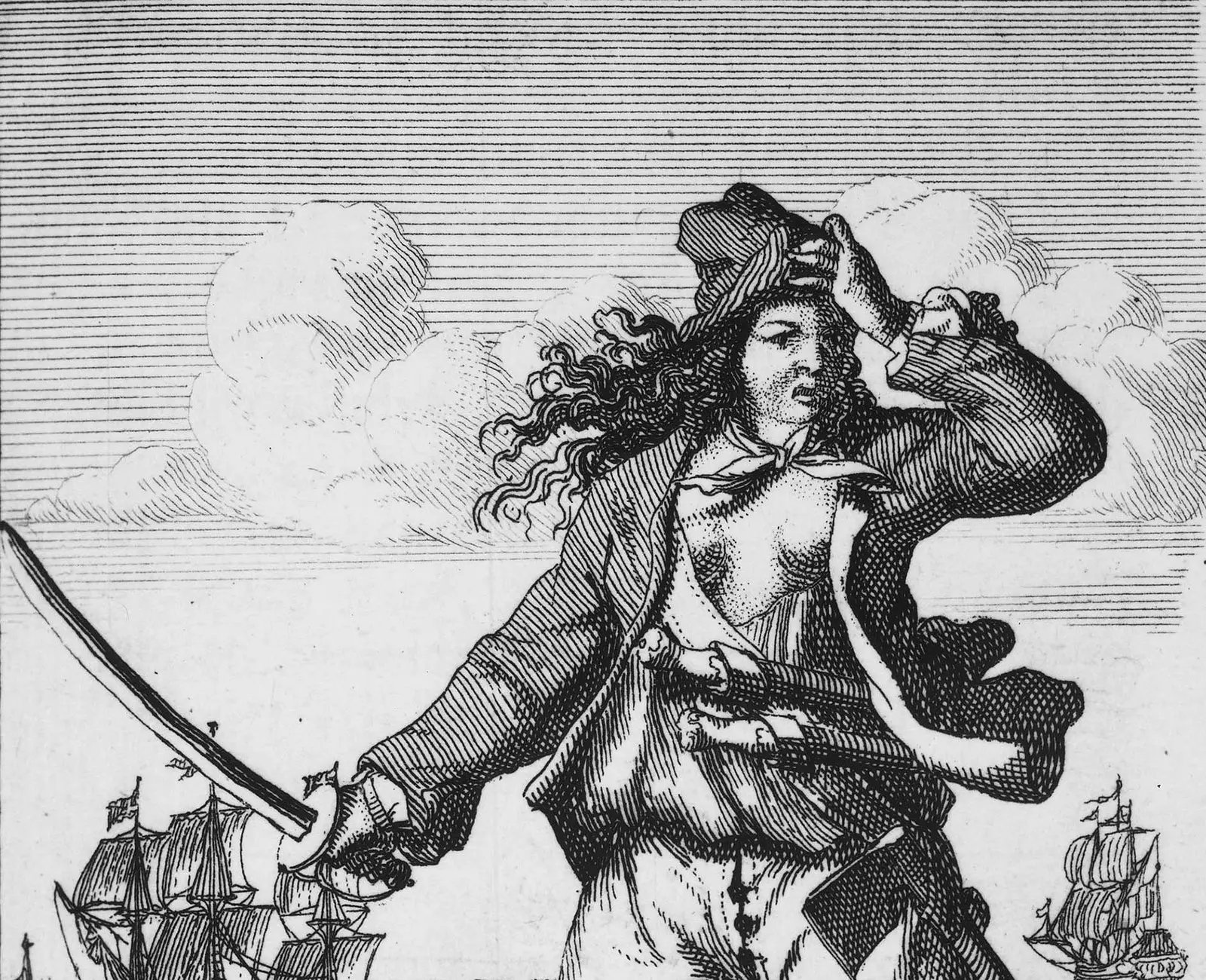
Reproduction of an image of Mary Read
If we move away from discrimination based on sex and religion, we also find other types of travel prohibited : those made to exclusion zones by the presence of some radioactive or chemical hazard . In this group we find the Australian town of Wittenoom and the – not so forbidden anymore – city of Prypiat, in Ukraine, the closest place to the Chernobyl nuclear power plant.
Wittenoom was wiped off official maps in 2007 . At that time, the Australian city had just over a dozen residents, who were forced to leave their homes due to the definitive power cut. In this place is the largest blue asbestos mine in the world, a material with a high carcinogenic effect , which was open until 1966.
In the following decades, a gradual closure of the city took place, which saw its population decrease and services were reduced until its total cessation in 2007. Since then, the place has become a tourist destination for travelers in search of forbidden and abandoned places , despite warnings from the authorities about the risk to health of being exposed to the effects of asbestos.
Chernobyl is possibly the best-known disaster site in history. . In 1986, the Vladimir Illich Lenin nuclear power plant , located in northern Ukraine, suffered two explosions that blew off the lid of the nuclear reactor, releasing large amounts of radioactive material into the atmosphere. This caused a radioactive cloud that covered more than half of Europe and forced the evacuation of all the settlements located 30 kilometers around the plant, the so-called Exclusion Zone.
This area, which entails an obvious risk of radiation for anyone who enters it, has become in recent years – and even more so after the premiere of the series HBO's Chernobyl – in a place of worship for seekers of forbidden places. Although, in this case, it cannot be strictly qualified as a "prohibited trip", since Chernobyl is today one of the main tourist attractions in Ukraine and travel agencies offer day tours to the Exclusion Zone (In October 2019, 87,000 visitors had been counted, according to what one of these agencies told Traveler).
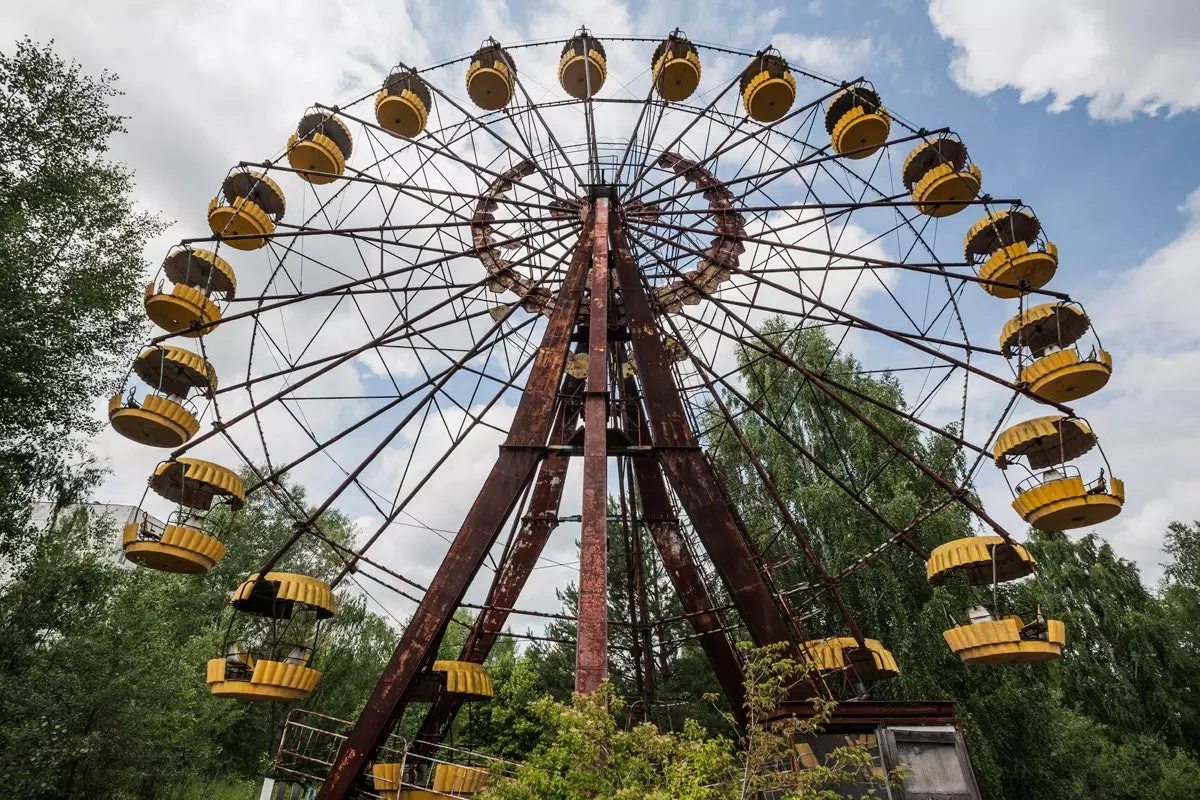
Pripyat (Ukraine)
Prohibited trips are a challenge, but not only when experiencing them, but also when recounting them . in his book Traveling and telling it: narrative strategies of the traveling writer , the journalist Juliana Gonzalez-Rivera explains that "travelers invent the world for those who stay at home, theirs is the truth or fiction with which we think we know others while we check if what they have told us is true or false". This fact becomes especially sensitive in the case of prohibited trips, since the story of that experience is the only means through which you can get to know a place that the vast majority of the population would never dare to venture.
The 21st century has made travel easier to witness than in the past – videos, photos, RRSS and other instant communication tools they have turned the planet into a huge interactive journey–; but, despite this circumstance, there is still a need for that tacit contract that was established between the nomadic speaker and the sedentary spectator since the origin of stories . Whether they are fictions mixed with some reality or half-told true stories, forbidden trips are the kind of narratives that will always attract our gaze, because they take us to that idyllic traveling plane in which the world was still a blank page full of unknowns where taking a step meant a small leap into the void.
